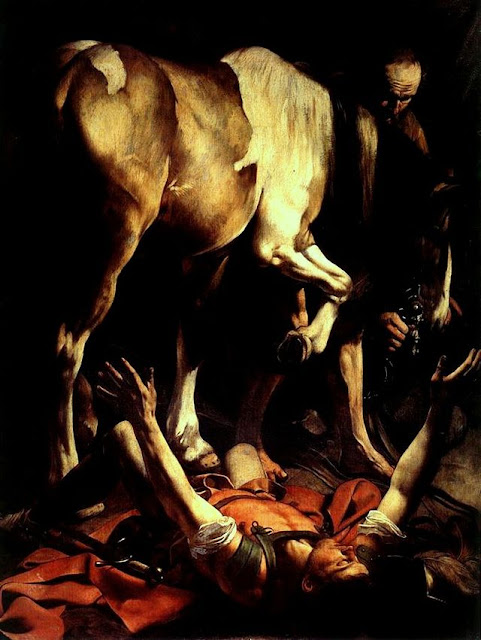Bonheur was one of the most talented and successful painters in the 19th century, she began showing her work in the Paris Salon in 1841 and quickly made a name for herself as a painter of animals with a focus on the domesticated animals of France. In the 19th century a greater number of women were pursuing art as a career and studying in the École des Beaux-Arts. Yet it wasn't usually possible for women to draw and paint from the nude model where students would learn anatomy as it was considered morally corrupt. Due to this, female painters of the time often turned to subjects other than figurative history paintings. Mary Cassatt famously painted mothers and children, Cecilia Beaux painted portraits, Berthe Morisot painted scenes of modern Parisian life and Rosa Bonheur focused on painting animals.
While the move away from history painting put limitations on paintings and commissions for women artists, Rosa Bonheur was so skilled at painting animals that she attracted attention at an early age. By age 26 she received an important commission from the French government to paint her work Plowing in the Nivernais. Bonheur traveled to the Nivernais region so that she could paint the landscape and oxen accurately.
 | ||
| Ploughing in Nivernais, Rosa Bonheur, 1849, Musee D'Orsay The work shows a typical French rural farming theme of the fields being tilled in the autumn. While her work is part of the Realist movement of Millet, Breton and Courbet, in a sense this rural scene is rather romanticized. There is a nobility given to both the animals and cowherds. When she was painting this the influences of the industrial revolution were spreading throughout France and Europe, and this scene pays homage to traditional methods of labor. Rosa Bonheur "based the work on a description of oxen in George Sand's celebrated pastoral novel of 1846, La Mare au Diable (The Devil's Pod), on her long study of animals in nature, and on the paintings of Paulus Potter, a Dutch seventeenth-century painter of cows whose work she admired."2 Below is an example of Potter's work; The Bull, Paulus Potter, 1647, The Hague. Bonheur's painting was widely acclaimed and after it was shown in the 1849 Salon she received numerous other commissions. She went on to have many well known and influential patrons such as Britain's Queen Victoria and the American millionaire and philanthropist Cornelius Vanderbilt.
Bonheur's most well known work may be her later painting, The Horse Fair, painted from 1852-55. The painting is owned by the Metropolitan Museum of Art in New York, the museum website says of the painting The Horse Fair, "The artist drew inspiration from George Stubbs, Théodore Gericault, Eugène Delacroix, and ancient Greek sculpture: she referred to The Horse Fair as her own "Parthenon frieze."3 More than one version of The Horse Fair exists, after it was exhibited Bonheur painted another version and prior to the finished work she painted several smaller studies. After exhibiting the work she traveled to England for a while where she enjoyed further success. She was represented by gallery owner Ernest Gambart who had many of her popular paintings turned into lithographs and published. Bonheur did much of her drawing and painting outdoors (rather than solely in her art studio) and preferred wearing pants to the elaborate dresses that were popular in the mid-19th century, at that time it was necessary to obtain a permit in order for a woman to wear pants in public. Rosa Bonheur obtained one and was able to move about with ease painting her subjects in their natural setting while wearing pants to do so. She was considered "radical in her personal life, but artistically and politically conservative, a confirmed monarchist and a realist."4 |
 |
| Rosa Bonheur, André Adolphe-Eugène Disdéri, 1861-64, Getty Museum |
1 Rosenblum, Robert and H.W. Janson. 19th Century Art. NY: Harry N. Abrams, Inc. 1984. p. 223.
2 Chadwick, Whitney. Women, Art, and Society. NY: Thames and Hudson Inc. 1990. p. 180.
3 Metropolitan Museum of Art website- http://www.metmuseum.org/collection/the-collection-online/search/435702
4 Chadwick. p. 180.


















